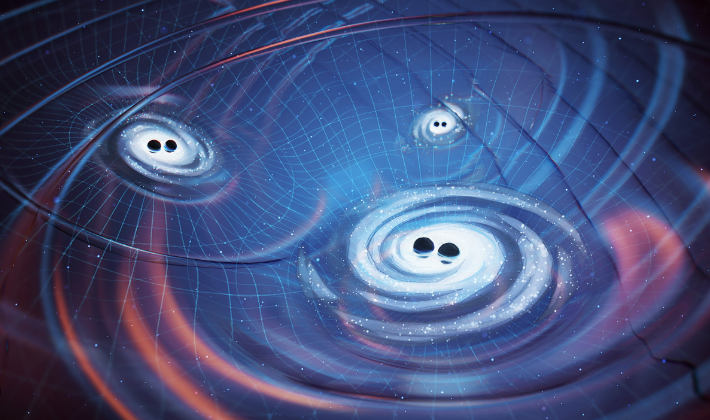
Phd Thesis
Site: Milano
Duration
3 years
Tutors
Paola Severgnini (INAF-OAB), Marco Landoni (INAF-OAB) in collaboration with Cristian Vignali (Univ. Bologna), Alessandra De Rosa (INAF-IAPS Roma).
Contact
paola.severgnini AT inaf.it
Description
Supermassive black hole (SMBH) binaries are amongst the loudest emitters of gravitational waves in the low-frequency ranges detectable by pulsar time arrays (PTA; Verbiest+16, MNRAS, 458, 1267) and by future space-based GW missions: the Laser Interferometer Space Antenna (LISA; Amaro-Seoane+2022, arXiv:2203.06016) and the concept mission Lunar Gravitational Wave Antenna (LGWA; Harms+2021, ApJ, 910, 1).
The observational characterization of these tight sources is one of the central topics of modern astrophysics. Despite their relevance, the direct detection of SMBH binaries remains elusive (De Rosa+2019, NewAR, 8601525, Severgnini et al. 2018, MNRAS, 479, 3804).
Simulations suggests that SMBH binaries would excavate a cavity inside a circumbinary disk, and accretion will occur by means of two mini-disks, surrounding each of the SMBHs (d’Ascoli et al.2018, ApJ, 865, 140). Periodic modulation, with periods comparable to the binary period, is expected in the X-ray light curves, and double-peaked lines should be detectable in the X-ray and optical bands.
The main aims of this thesis are: 1. Characterizing the electromagnetic properties of three of the most promising SMBH binaries discovered so far by analyzing proprietary and archival X-ray and optical data (light curve and spectral analysis); 2. Developing observational strategies for future dedicated observational proposals; 3. Developing new methods to search for new SMBH binaries detectable with LISA and LGWA.
The PhD candidate will work locally with Dr. Paola Severgnini and Dr. Marco Landoni and in close collaboration with Prof. Cristian Vignali (Univ. Bologna), Dr. Alessandra De Rosa (INAF-IAPS Roma) and with the full LGWA collaboration.
[Image credit: NANOGrav]
